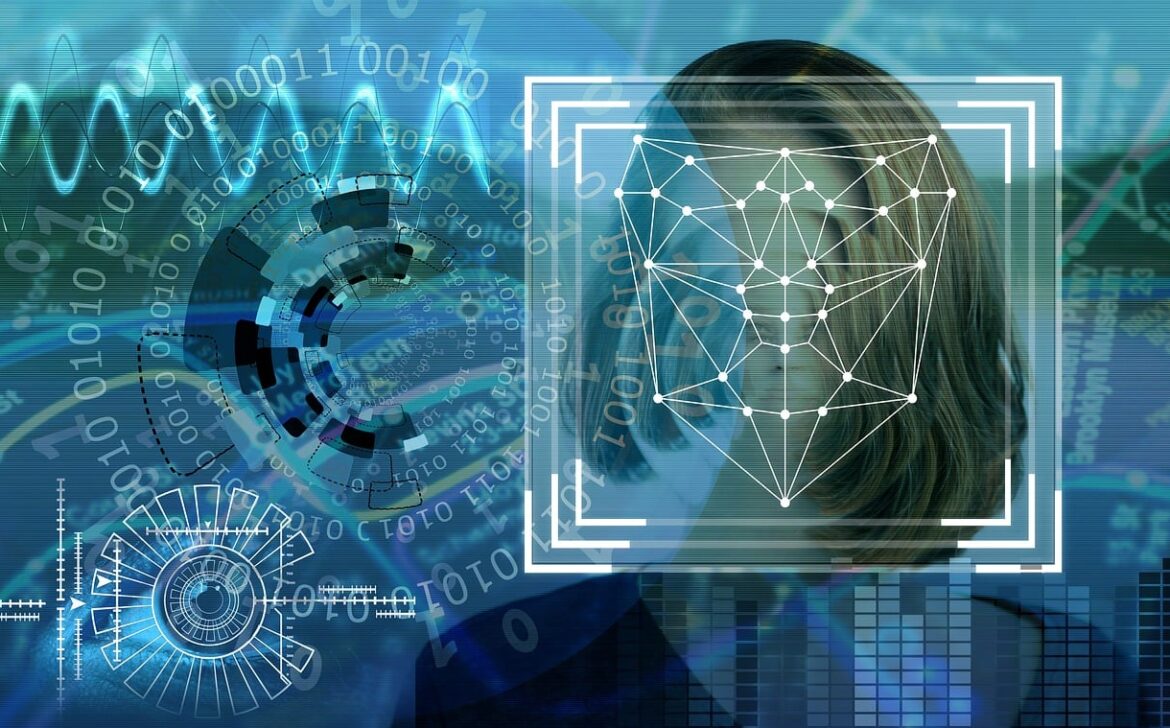Biometrics: Unlocking the Future with Personalized Identity Verification

In an era where digital interactions are an integral part of our lives, ensuring secure and seamless identity verification is paramount. This is where biometrics steps in, offering a dynamic solution that leverages unique physiological and behavioral traits to confirm identities. Let’s delve into the core concepts and applications of biometrics.
Understanding Biometric Authentication
Biometric authentication uses distinct biological characteristics to verify a person’s identity. These traits include fingerprints, facial features, iris patterns, voice, and even behavioral aspects like typing patterns. Biometric systems convert these traits into digital templates that are securely stored and used for future identity verification.


Fingerprint Recognition: The Classic Identifier
Fingerprint recognition is one of the most well-known and widely adopted biometric methods. Each person’s fingerprint is unique, and biometric scanners capture and analyze the patterns and ridges on the fingertip. This method is highly accurate and has applications in secure access control and mobile device unlocking.
Facial Recognition: A Glimpse into the Future
Facial recognition technology analyzes facial features and landmarks to create a digital representation, often referred to as a faceprint. It has a range of applications, from unlocking smartphones to enhancing security at airports. However, it also raises discussions about privacy and data protection.
Iris Scanning: A Window to Identity
Iris scanning leverages the intricate patterns in the colored part of the eye to create a unique identifier. The complexity of iris patterns makes this method highly accurate, and it’s used in scenarios where stringent security is required, such as border control and high-security facilities.


Biometrics in Identity Verification
Biometrics has transformed the landscape of identity verification. From secure mobile banking to border crossings, biometric methods provide faster, more reliable ways to confirm identities. This is especially relevant in industries where accuracy and efficiency are critical.
Enhancing Security and Convenience
Biometric authentication strikes a balance between security and convenience. Unlike traditional methods like passwords or PINs, biometric traits cannot be easily forgotten, shared, or stolen. This results in reduced fraud and a smoother user experience.
Challenges and Ethical Considerations
While biometrics offer numerous benefits, challenges remain. Ensuring the accuracy and reliability of biometric systems is essential, as errors can lead to mistaken identity or exclusion. Ethical considerations surrounding privacy, consent, and data protection are also significant.
Future Innovations
The future of biometrics is filled with innovation. Multi-modal biometrics, which combine multiple traits for enhanced accuracy, and biometric encryption are on the horizon. As biometric technology continues to evolve, it will undoubtedly find its way into diverse applications, from healthcare to smart cities.



